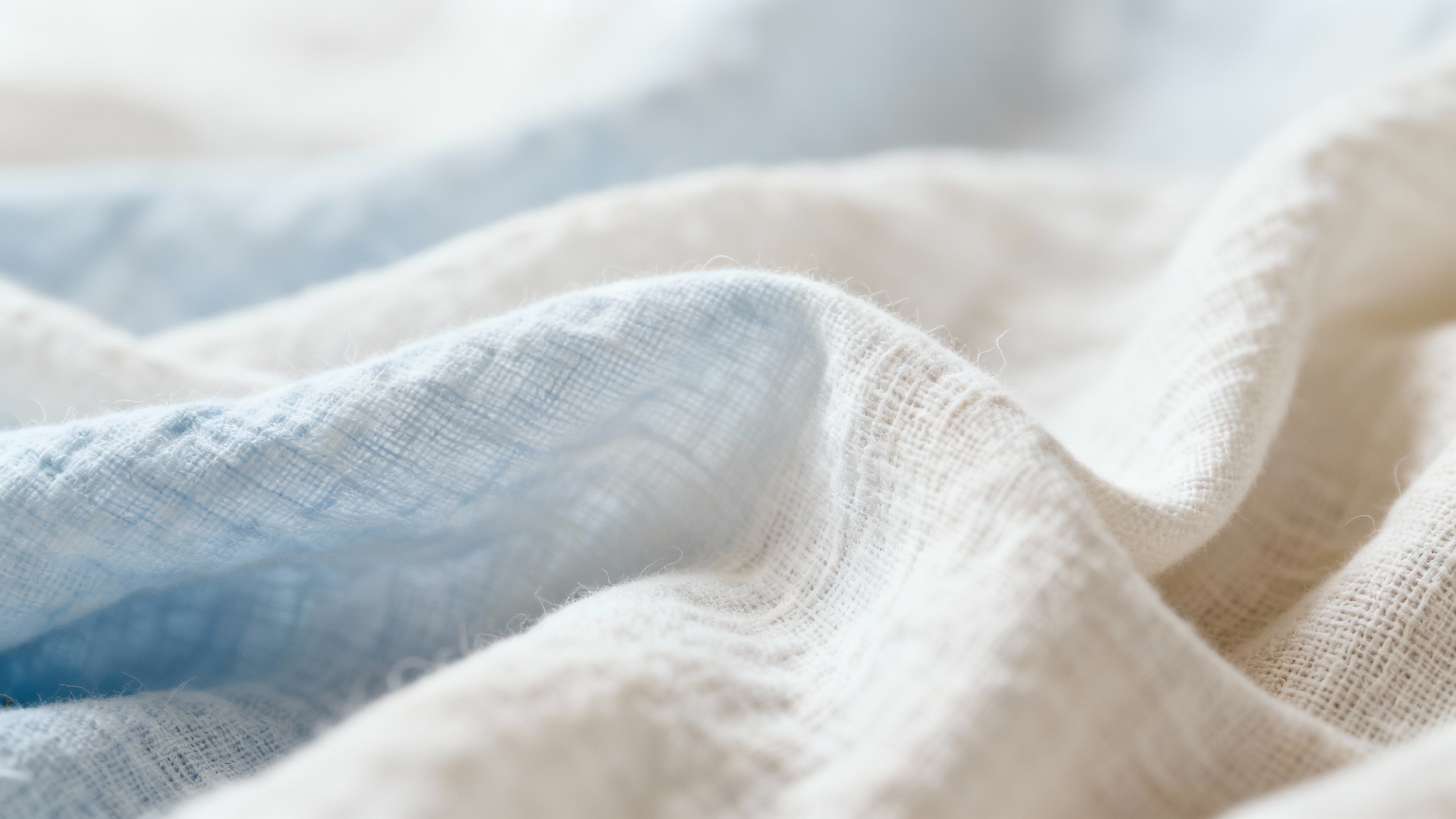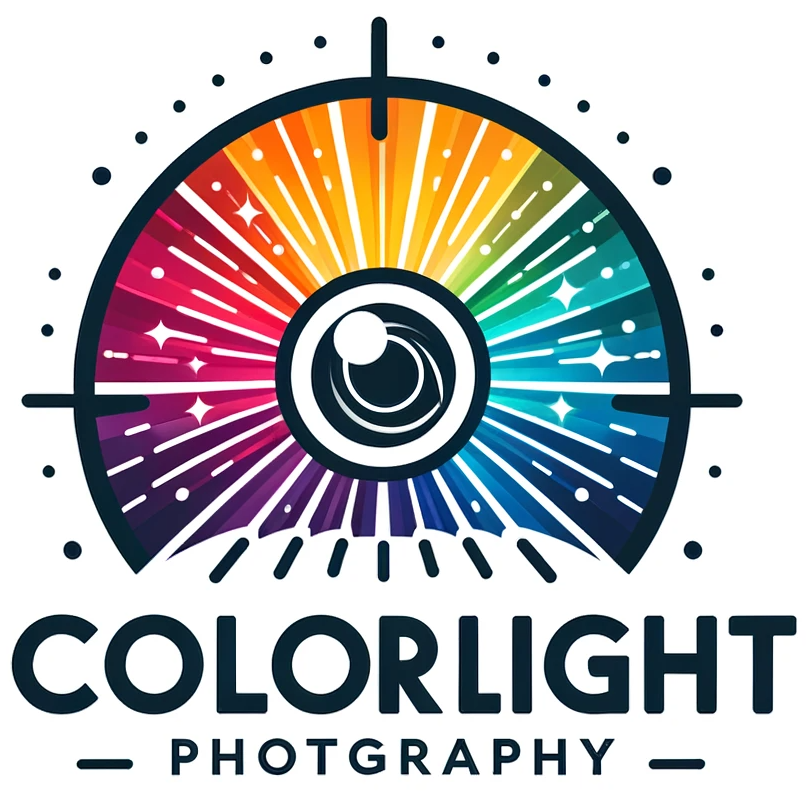Published 12 January 2024
Easing the Rash: How Clothing Choices Impact Erythema Multiforme

Understanding Erythema Multiforme
Erythema Multiforme is a skin condition characterized by the development of target-like rashes on the skin. It is often an immune-mediated reaction triggered by various factors. Understanding the condition and its symptoms is crucial in managing and minimizing its impact on daily life.
What is Erythema Multiforme?
Erythema Multiforme is a relatively uncommon skin disorder that manifests as distinctive skin lesions. The condition is believed to be caused by an immune response, although the exact underlying mechanisms are not fully understood. It is often associated with infections, medications, and other triggers that activate the body’s immune system.
The characteristic skin lesions of Erythema Multiforme typically appear as round or oval-shaped patches with a central red spot surrounded by concentric rings. These lesions can vary in size and may be accompanied by itching, burning, or pain. In some cases, the lesions may develop blisters or ulcers.
Symptoms and Triggers of Erythema Multiforme
The symptoms of Erythema Multiforme can vary from mild to severe. Common symptoms include:
- Target-like skin lesions: The hallmark of Erythema Multiforme, these lesions have a central red spot surrounded by concentric rings, resembling a target or bullseye.
- Itching and discomfort: The skin lesions may cause itching, burning, or pain, which can vary in intensity.
- Blisters and ulcers: In more severe cases, the lesions may progress to form blisters or ulcers.
Erythema Multiforme can be triggered by various factors, including:
- Infections: Viral or bacterial infections, such as herpes simplex virus or Mycoplasma pneumoniae, can trigger an immune response leading to Erythema Multiforme.
- Medications: Certain medications, such as antibiotics, anticonvulsants, and non-steroidal anti-inflammatory drugs (NSAIDs), have been associated with Erythema Multiforme.
- Other triggers: Other factors, such as autoimmune diseases, exposure to certain chemicals, and even sunlight, can also contribute to the development of Erythema Multiforme.
Understanding the symptoms and triggers of Erythema Multiforme is essential for individuals experiencing target-like rashes. By identifying potential triggers and seeking appropriate medical advice, individuals can better manage the condition and alleviate discomfort. For more information on coping strategies and relief options, refer to our article on coping with erythema multiforme.
The Impact of Clothing Choices
When it comes to managing symptoms of erythema multiforme, the clothing you choose to wear plays a significant role. The right clothing can help alleviate discomfort, reduce irritation, and promote healing. In this section, we will explore the importance of clothing in managing symptoms and discuss factors to consider when choosing clothing.
Importance of Clothing in Managing Symptoms
Choosing the right clothing is essential in managing symptoms of erythema multiforme. The condition can cause skin lesions, rashes, and inflammation, which can be exacerbated by certain fabrics or tight-fitting clothing. The right clothing choices can help minimize friction and irritation, allowing the skin to heal and reducing discomfort.
By opting for clothing that is gentle on the skin, you can prevent further irritation and reduce the risk of triggering flare-ups. Additionally, selecting clothing that provides proper ventilation and breathability can help regulate body temperature and minimize sweating, which can aggravate symptoms.
Factors to Consider When Choosing Clothing
When selecting clothing for individuals with erythema multiforme, it’s important to consider several factors to ensure maximum comfort and relief. Here are some key considerations:
-
Fabric Choice: Opt for soft and non-irritating materials, such as cotton and bamboo, which are gentle on the skin and allow it to breathe. These fabrics help minimize friction and reduce the risk of further irritation.
-
Loose-Fitting: Opt for loose-fitting clothing to minimize contact and friction with the affected areas. Tight clothing can rub against the skin and exacerbate symptoms.
-
Seamless Design: Look for clothing with seamless construction to avoid seams rubbing against sensitive skin and causing irritation.
-
Tags and Labels: Remove clothing tags or choose tagless options to prevent irritation and itching.
-
Hypoallergenic Options: Consider hypoallergenic clothing, which is specifically designed for individuals with sensitive skin and helps minimize allergic reactions.
-
UV Protection: If going outdoors, choose clothing with built-in UPF (ultraviolet protection factor) to shield the skin from harmful sun rays. This is particularly important as erythema multiforme can be triggered or worsened by sun exposure.
By considering these factors, you can make clothing choices that promote comfort, minimize irritation, and aid in the healing process of erythema multiforme. For more information on managing symptoms and coping with this condition, refer to our article on coping with erythema multiforme.
Next, let’s explore the best clothing choices for individuals with erythema multiforme, focusing on loose-fitting and breathable fabrics, soft and non-irritating materials, and anti-allergic and hypoallergenic options.
Best Clothing Choices for Erythema Multiforme
When managing the symptoms of erythema multiforme, choosing the right clothing can make a significant difference in reducing irritation and discomfort. Here are some recommended clothing choices to consider:
Loose-Fitting and Breathable Fabrics
Opting for loose-fitting clothing made from breathable fabrics is essential for individuals with erythema multiforme. Loose-fitting garments allow for better airflow, preventing excessive heat and moisture buildup, which can aggravate the skin. Fabrics such as cotton, linen, and bamboo are excellent choices as they are lightweight and allow the skin to breathe.
To further enhance comfort, avoid tight or constricting clothing that may rub against the skin, causing friction and irritation. Loose-fitting tops, dresses, and pants can help minimize contact with the affected areas, reducing the risk of exacerbating the symptoms.
Soft and Non-Irritating Materials
Choosing soft and non-irritating materials is crucial for individuals dealing with erythema multiforme. Look for clothing made from fabrics that feel gentle against the skin, such as silk or high-quality cotton. These materials are less likely to cause friction, minimizing discomfort and reducing the risk of further skin irritation.
Avoid fabrics that may be rough or abrasive, such as wool or synthetic materials, as they can exacerbate inflammation and itching. Prioritizing comfort and choosing clothing that feels soft and smooth against the skin can help alleviate symptoms and promote healing.
Anti-Allergic and Hypoallergenic Clothing
For individuals with sensitive skin or known allergies, opting for anti-allergic and hypoallergenic clothing can be beneficial. These garments are specifically designed to minimize the risk of triggering allergic reactions or skin irritation.
Look for clothing labels that indicate they are made from hypoallergenic materials or have undergone anti-allergic treatments. These garments are typically free from chemicals, dyes, and additives that can exacerbate skin conditions like erythema multiforme.
By choosing clothing options that prioritize comfort, breathability, and skin-friendliness, individuals with erythema multiforme can minimize irritation and alleviate discomfort. Remember to pay attention to fabric labels and select garments that suit your specific needs. For more information on managing symptoms and seeking relief for erythema multiforme, visit our article on relief for erythema multiforme.
Avoiding Irritation and Inflammation
When managing erythema multiforme, it’s important to choose clothing that minimizes irritation and inflammation. Certain fabric types and care practices can play a significant role in reducing discomfort and helping the skin heal. Here are some factors to consider when it comes to avoiding irritation and inflammation related to clothing choices.
Clothing Labels and Fabric Care
To minimize the risk of irritation, it’s crucial to pay attention to clothing labels and fabric care instructions. Look for clothing made from soft and non-irritating materials such as cotton or silk. These fabrics are gentle on the skin and less likely to cause friction or additional inflammation.
When purchasing new clothing, check the labels for any potential allergens or irritants. Avoid fabrics that are known to cause skin sensitivity or allergic reactions. Opt for hypoallergenic clothing whenever possible, as it is specifically designed to minimize the risk of irritation.
Washing and Drying Practices
Proper washing and drying practices can help maintain the integrity of your clothing and reduce the risk of skin irritation. Here are some tips to consider:
- Use a gentle, fragrance-free detergent that is suitable for sensitive skin.
- Avoid using fabric softeners or dryer sheets, as they can contain chemicals that may irritate the skin.
- Wash your clothing in cool or lukewarm water, as hot water can potentially aggravate the skin.
- When drying your clothes, opt for air-drying or use the lowest heat setting on your dryer.
By following these practices, you can help ensure that your clothing remains soft, clean, and less likely to cause irritation or inflammation.
Tips for Minimizing Friction and Rubbing
Friction and rubbing can exacerbate erythema multiforme lesions and cause discomfort. To minimize these issues, consider the following tips:
- Choose loose-fitting clothing that allows your skin to breathe and reduces friction against the affected areas.
- Opt for clothing with smooth seams or consider wearing seamless garments to prevent rubbing and irritation.
- Avoid clothing with rough textures or embellishments that may aggravate the skin.
- Consider layering soft, breathable fabrics to create a barrier between your skin and potentially irritating materials.
By taking these precautions, you can help reduce friction and minimize discomfort caused by clothing.
Managing erythema multiforme involves several considerations, and clothing choices play a crucial role in minimizing irritation and inflammation. By selecting clothing made from soft, non-irritating materials, following proper fabric care practices, and minimizing friction and rubbing, you can help ease the rash and promote healing. Remember to consult with a healthcare professional for personalized advice and treatment options for erythema multiforme.
Additional Tips for Coping with Erythema Multiforme
Living with erythema multiforme can be challenging, but there are several strategies you can employ to manage the symptoms and promote relief. Here are some additional tips to help you cope with erythema multiforme:
Managing Itchiness and Discomfort
Itchiness and discomfort are common symptoms of erythema multiforme. To alleviate these sensations, consider the following:
- Avoid scratching or rubbing the affected areas, as it can further irritate the skin and worsen symptoms.
- Apply cool compresses or take cool baths to soothe the skin and reduce itching.
- Use fragrance-free and hypoallergenic moisturizers to keep the skin hydrated and minimize dryness.
- Consider using over-the-counter hydrocortisone creams or ointments to help reduce inflammation and itching. However, consult with your healthcare provider before using any topical medications to ensure they are safe and appropriate for your condition.
Sun Protection and Clothing
Sun exposure can trigger or worsen erythema multiforme lesions. Protecting your skin from the sun’s harmful rays is essential. Here’s how you can do it:
- Wear protective clothing, such as long-sleeved shirts, wide-brimmed hats, and sunglasses, to shield your skin from the sun.
- Choose clothing made of tightly woven fabrics that provide better sun protection.
- Consider using sun-protective clothing with UPF (Ultraviolet Protection Factor) ratings, which indicate the level of protection provided by the fabric. Look for clothing with a UPF of 30 or higher.
- Apply a broad-spectrum sunscreen with an SPF (Sun Protection Factor) of 30 or higher to exposed areas of skin. Reapply every two hours, or more frequently if sweating or swimming.
Seek Medical Advice for Severe Symptoms
If you experience severe symptoms or your erythema multiforme worsens, it’s crucial to seek medical advice promptly. Your healthcare provider can evaluate your condition and recommend appropriate treatment options. They may prescribe medications, such as antihistamines or corticosteroids, to manage symptoms and reduce inflammation. Regular follow-up visits with your healthcare provider are essential to monitor your progress and make any necessary adjustments to your treatment plan.
Remember, although these tips may provide relief, they are not a substitute for medical advice. Always consult with your healthcare provider to ensure you are taking appropriate measures to manage your erythema multiforme effectively.
For more information on managing symptoms and exploring various treatment options for erythema multiforme, refer to our article on coping with erythema multiforme.
